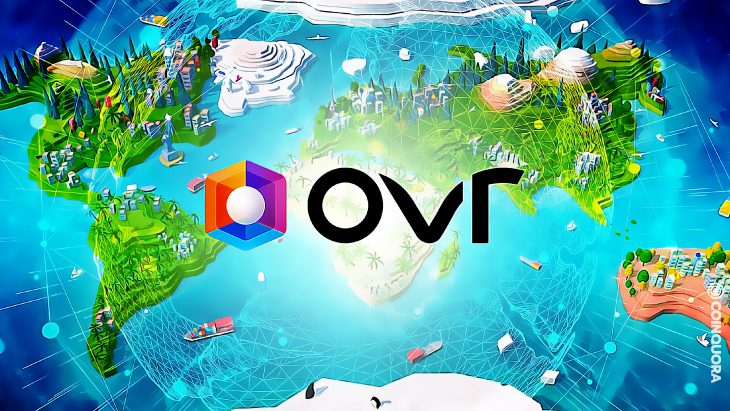- OVR announces the launch of its Map2Earn crowdsource mapping feature.
- OVR’s augmented reality (AR) platform incentivizes users to build a complete Metaverse with its Map2Earn.
- Users can get OVR tokens by snapping images of certain locations with their smartphones.
Decentralized Metaverse platform, OVR announces the launch of its Map2Earn crowdsource mapping feature. In detail, users can participate in a global 3D mapping initiative called Map2Earn by snapping images of certain locations with their smartphones and getting the project’s native OVR tokens as a reward.
Subsequently, the photos are used by OVR to create a detailed 3D map of the world, which will serve as one of the foundations of OVR’s AR/VR Metaverse. Basically, OVR’s augmented reality (AR) platform encourages users to build a full-fledged Metaverse with its Map2Earn, rewarding users with native tokens to Map the World.
By gamifying the experience of mapping the Metaverse, OVR asserts it responds to the need for decentralization. The OVR team also stated its sophisticated AI system converts photographs taken with users’ cellphones into three-dimensional representations of the target places, which supplement GPS for localizing and rendering specific VR/AR objects on personal devices.
Davide Cuttini, CEO of OVR says,
As we move into the Metaverse, its user participation must become one of its most fundamental staples. By welcoming users to contribute to our project, helping us build out the geospatial infrastructure for a whole universe of experiences, and rewarding them with our tokens, we are making sure that inclusivity is at the very foundation of our digital future.
Even more, it allows OVR to improve the spatial precision of its VR/AR features from around six meters with GPS to as little as 20 cm with this technology. As part of the treasure hunt, OVR users have already scanned 1.4 million locations.
According to the document sent to CoinQuora, with the 3D map in place, OVRLand owners can provide more advanced and detailed VR/AR experiences to their customers, utilizing the crowdsourced 3D grid to pinpoint the digital possibilities available in their areas.
In addition, owners can tie specific digital experiences to target physical objects, such as playing a virtual scene or a specific wall. As well as bringing a statue to life with 3D animation, or deploying different experiences on each floor of a specific building. This is all thanks to the precision provided by the new localization functionality.


